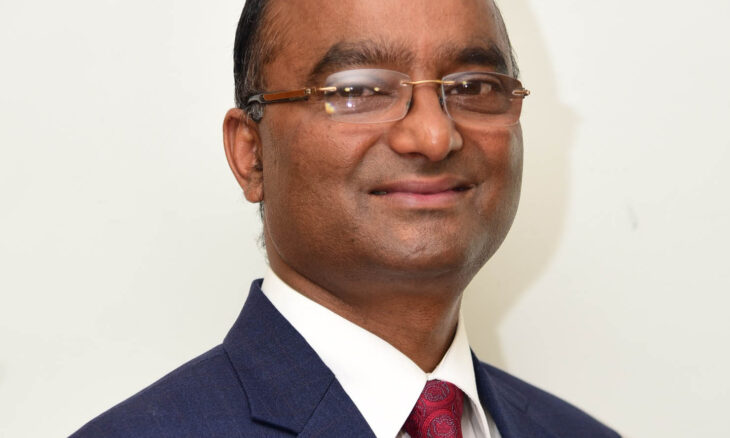
SJVN has bagged 1,000 MW Grid connected Solar PV power project through Request for Proposal (RFP) floated by Indian Renewable Energy Development Agency Ltd (IREDA). Nand Lal Sharma, Chairman & Managing Director, SJVN said that the company bagged the project through Open Competitive Bidding Process for quoted capacity of 1,000 MW at the maximum tariff of Rs 2.45 per unit. Sharma told that SJVN bagged the full quoted capacity of 1,000 MW at a Viability Gap Funding (VGF) support of Rs 44.72 lakh per MW by Government of India. The power generated from above projects shall be solely for self-use or use by government entities, either directly or through DISCOMS. He further informed that the tentative cost of construction and development of this project is Rs 5,500 crore. The project is expected to generate 2,365 MU in the first year and the project’s cumulative energy generation over a period of 25 years would be about 55,062 MU.
Earlier, SJVN has bagged three solar projects totalling 345 MW in the State of Gujarat, Uttar Pradesh and Bihar. All these solar projects have also been bagged through open competitive bidding. With this allotment, SJVN now has 1,345 MW of solar projects under execution. He stated that all these solar projects are scheduled to be commissioned by March 2023-24, which shall be a gigantic leap for SJVN’s renewable capacity. Government of India has envisaged the vision of Power to All 24X7 and has set a target of 175 GW of Renewables, out of which 100 GW is to be met through solar by 2022.
In September last year at the United Nations Climate Action Summit, Prime Minister Narendra Modi had announced increasing the renewable energy target to 450 GW by 2030 from 175 GW by 2022. In line with the target set by the Government of India, SJVN has set its Shared Vision of capacity addition of 5,000 MW by 2023, 12,000 MW by 2030 and 25000 MW by 2040. Viability Gap Funding (VGF) means a one-time grant or deferred grant, provided to support infrastructure projects that are economically justified but fall short of financial viability.

